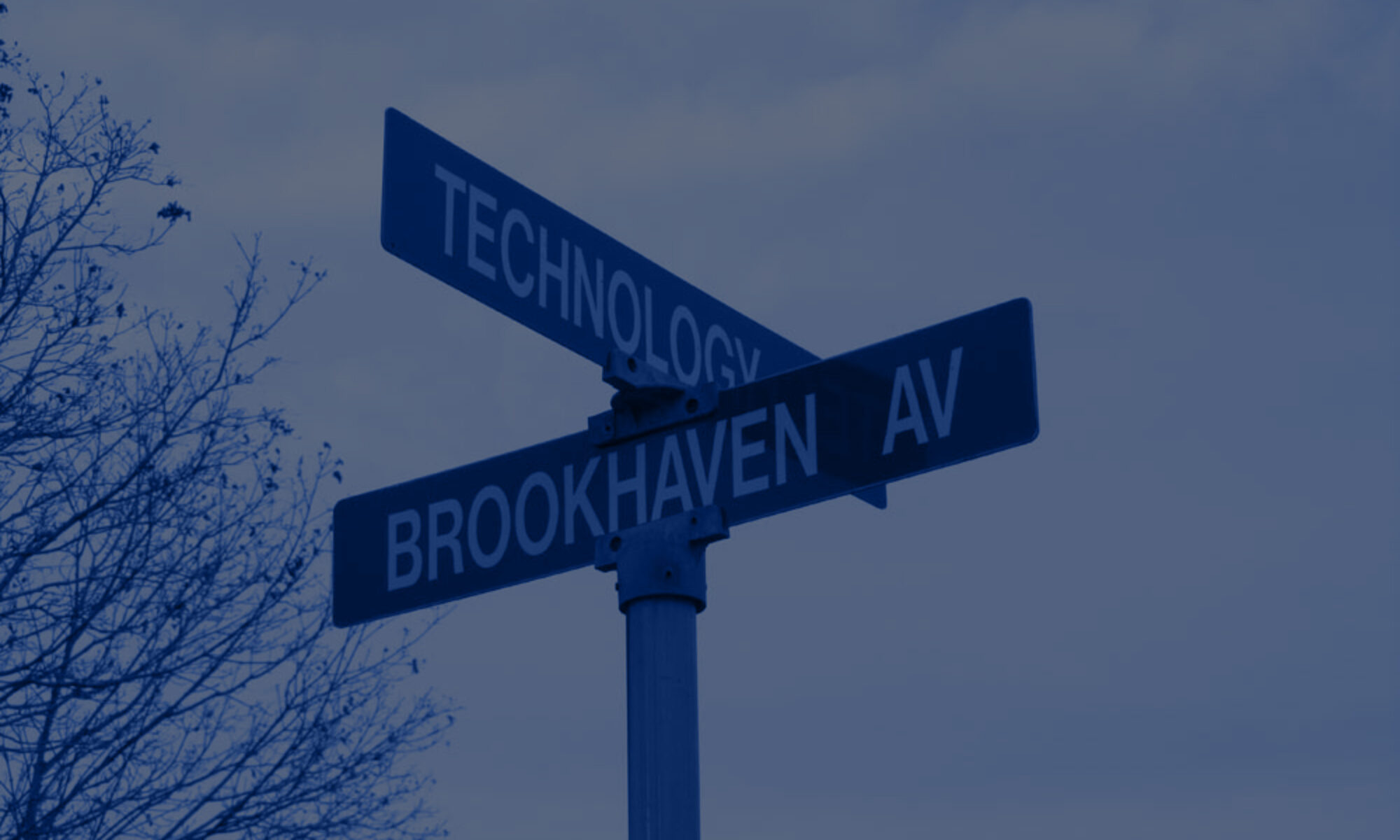
The whole aim of the research is to see whether students from the Radiology Department could adapt to an online class in a hands-on program. Since the pandemic started the whole CUNY system when transitioned from in-person classes to online classes. Where ZOOM and Blackboard Collaborate are the biggest players in the online class platform. Radiology is a hands-on program, but online learning is quite different from in-person class, where you have the resource you need to succeed And you have the interaction with people that you don’t get sitting behind a screen. Being the first fully online class to experience the program, we can provide feedback on what the program was really like from the eyes of a student behind the zoom screen. We want to pass this research on as a longitudinal research design for further studies.
In this project, data was collected from two satellites known as Landsat 8 and the GOES- 16 (Geostationary Operational Environmental Satellite-R series). Data from the Landsat 8 gives a pixel size of only 30m by 30m, but only once every 16 days. Data from the GOES-16 gives us a larger pixel size of 2km by 2km, but at a much higher rate of once every 5 minutes. The data obtained from the Landsat 8 and GOES-16 satellite are both combined to get a high frequency downscaled GOSE-16 data with a spatial resolution of 30 m.

Long Island Sound (LIS) Estuary is home to 23 million people along its coastal region and is known for its aquaculture farms in oysters, shellfish and other produce, however excess nitrogen continues to be an issue in the quality of water in LIS. Although nitrogen pollution has been controlled over the years, organic dissolved carbon matter (CDOM) and discharge along with effluent water from wastewater treatments create a dynamic system where excess nitrogen still exists and creates harmful hypoxia (oxygen depletion) in the ecosystem of LIS in the summer. In this research project we will break down the trends of CDOM, discharge and effluent data from large influences on the LIS such as the Housatonic and Connecticut Rivers from in-situ data and USGS data which will be compared to Satellite data to get a clear picture of the behavior of water flow entering the LIS.

This project used public records of gas-related reports and gas outage complaints in New York City acquired from public data sources to highlight the correlation between socioeconomic levels across NYC’s five boroughs, and the willingness of the residents to report gas leakages.
It utilizes Application Programming Interfaces (APIs) to collect information from different databases, and then uses Python coding to create scripts to sort the data. The data obtained is presented visually on maps using software such as QGIS.
I aim to use these data science tools and statistical approaches to highlight how gas leak reporting patterns of residents across differing socioeconomic groups are related to gentrification in NYC. This research is still in progress and may be beneficial for municipal policy makers and gas companies.

This research project tries to use data extracted from the NOAA-CLASS data base to analyze cloudiness patterns over the island of Puerto Rico for the years 2018, 2019 and 2020. We use the product Clear Sky Mask to track the position of the clouds over the island per season per hour during day time. With these in mind, we can have an idea of where the clouds will be more abundant and thick and at what time of the day. Finally, having this information could help to improve the not centralized single house photovoltaic energy systems by understanding when they are more suitable and at what time of the day the energy generation exceeds the cost of
generation

Drought is a shortage of water compared to a ‘normal’ level. It is a gradually developing phenomenon that impacts many sectors of society, the economy and the biosphere & hydrosphere. According to Denchak (2018), in the United States, droughts result in “an average toll of $9.6 billion in damage and loss per event,” making it the second-most expensive natural catastrophe. The Northeastern Drought was one of the worst droughts in U.S. history, where groundwater levels reached new record lows and extreme dryness paved the way to fire hazard. For effective drought monitoring and response, better understanding of the patterns of drought onset, persistence, and impacts across the Northeast is needed. Through this temporal study, we will analyze the frequency of droughts reported in the Northeast climate region, specifically Delaware and New Jersey. The United States Drought Monitor (USDM) and National Oceanic & Atmospheric Administration’s Storm Events Database (SED) provide the temporal drought monitoring data used in this research.





